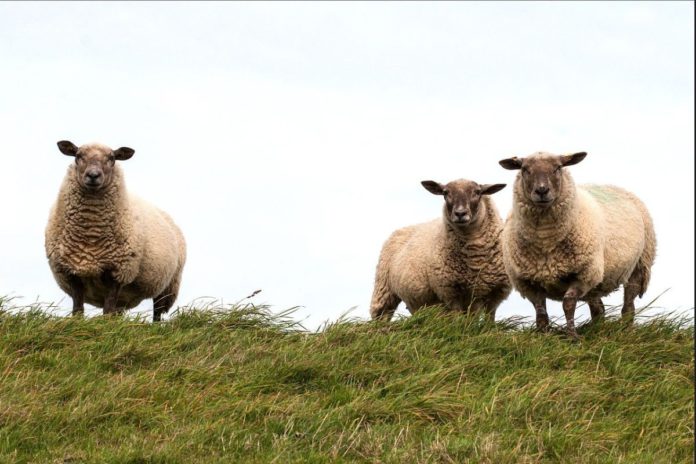It is important to be aware of grass tetany, which is a common and usually fatal condition that affects lactating ewes, writes Michael Gottstein, Head of Sheep Programme, Teagasc.
Here is some advice on how to manage grass supplies until growth rates exceed demand and grass starts to accumulate on your farm.
Grassland management
Relatively poor grass growth over the late autumn/winter period has resulted in lower grass supply accumulations on sheep farms. These grass supplies have not been helped by the inability for most farmers to spread any fertiliser at all in late February or the first half of March.
The recent dry spell of weather has facilitated the spreading of fertiliser and slurry on most drystock farms, so now the focus must be on implementing management practices that ensure in as much as is possible a continuous supply of good quality grass for ewes and lambs.
The following are some useful tips to help you to manage grass supplies until growth rates exceed demand and grass starts to accumulate on your farm:
- Have a supply of fertiliser in the yard and machinery ready to spread after paddocks/fields are grazed out. Spread approximately 23 – 27 units per acre on heavily stocked farms. (1/2 bag of protected urea or 1½ bags 18:6:12 per acre);
- Group up ewes and lambs as soon as possible to reduce the amount of grazing groups on the farm;
- Split larger fields to protect re-growths. Maximum residency period in the field should be five days in adverse weather conditions (ideally three days in good grazing conditions);
- Continue to supplement ewes with some concentrate where grass supply is tight or ewes are grazing low covers (e.g. 4cm or less). Feed from 0.5 to 1kg per head per day depending on conditions and outlook for growth to reduce demand;
- Avoid re-grazing fields. Allow at least 35 to 40 days between your first and second grazing;
- Graze silage ground (or a part of it) for a second time and delay closing up for silage by three weeks if grass supply is tight;
- Do a grass budget. Your local adviser will help you to get up and running on this if you do not know how to do it.
Grass tetany
Grass tetany is a common and usually fatal condition that affects lactating ewes. The following are some of the key points in trying to prevent it;
- Ewes need 1-2g of magnesium (Mg) per day
- In adverse weather absorption of Mg from grass is reduced significantly (up to 2/3 less absorption) hence recommended supplementation rates are 3-5g Mg per day
- High mag lick buckets most frequently used and cost-effective way of supplementing on low-risk farms. Use 2-3 buckets per grazing group.
- Supplementing with Calmag in meal – effective but expensive – only use on high-risk farms when extreme weather is forecast.
- Ideally should be feeding meal with 10kg per tonne calmag inclusion. Feeding ewes 0.5kg meal during high-risk periods in conjunction with free access high mag lick buckets.
- Treating the drinking water with Mg is not effective/reliable method of supplementing ewes as they do not drink a lot of water particularly in wet weather.
- Pasture dusting with calmag is also an option. Spread 17kg Calmag/ha per week. – need to have a good cover of grass for the dust to stick to.
- High mag bullets – Can be relatively expensive and do not deliver a lot of Mg per day. Usually effective over 21 days delivering approximately 0.7g Mg daily intake.
- If you find a ewe that is affected by grass tetany then rapid intervention is required. The treatment is a subcutaneous injection of 100ml of Magnesium sulphate solution given at body temperature under the skin in 5-6 different locations around the body.





